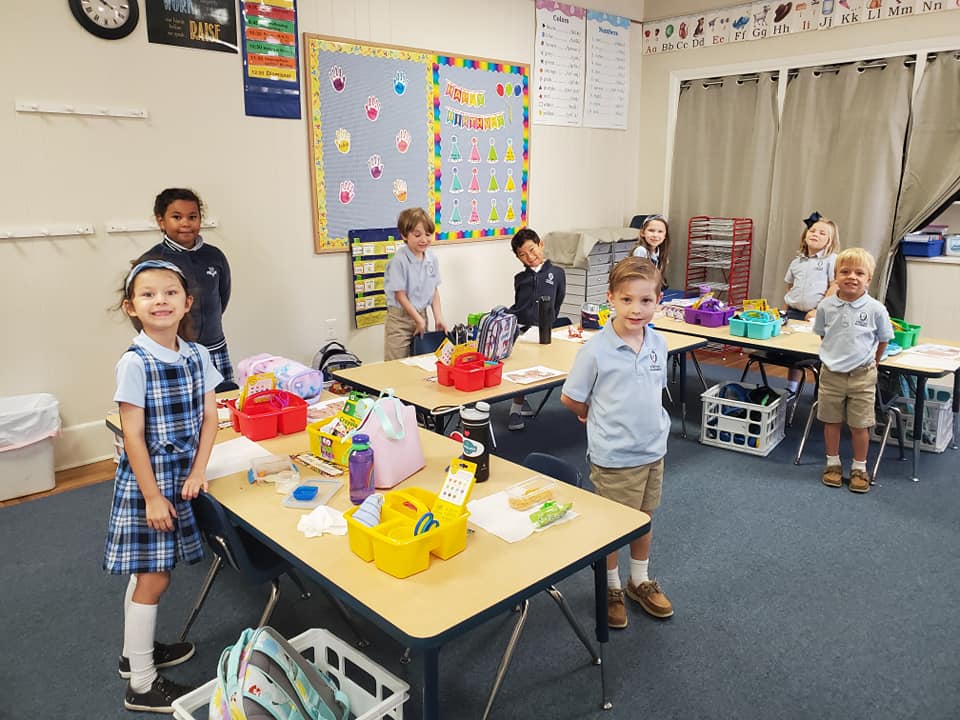
A teacher sent me an article this week that beautifully lays out the practical benefits of handwriting and note-taking. In The Benefits of Note-taking by Hand you might begin to understand why Veritas still stresses penmanship, why we teach cursive in second grade, and why we have our students take notes by hand. Taking notes by hand connects the information to the brain in a way that typing notes on a laptop does not.
While your laptop might seem faster and more efficient, there are good reasons for having a paper-bound notebook and pen – any kind you prefer – at the ready. Researchers have found that note-taking associated with keyboarding involves taking notes verbatim in a way that does not involve processing information, and so have called this “non-generative” note-taking. By contrast, taking notes by hand involves cognitive engagement in summarizing, paraphrasing, organizing, concept and vocabulary mapping – in short, manipulating and transforming information that leads to deeper understanding.
And why does Veritas require students to write everything in cursive through the sixth grade (and beyond in certain classes)?
Taking good notes depends on fluency of hand, which means legibility and speed combined. This is best achieved with a clean, uncluttered and connected script, meaning cursive writing, that young learners can begin to learn in Grade 2. Fluency of hand comes from instruction and practice in the early years of school, and sustained opportunities for authentic, purposeful literacy engagements in turn allocating working memory space to the cognitive demands of note-taking.
Long live cursive handwriting! Vive la Note-taking! This is a great example of how lots of practice and effort in learning certain skills in the early years can reap great rewards later. This also makes the point that digital things, while having much benefit in their place, are not always an improvement on the tactile and physical.





About The Author: Scott Taylor
More posts by Scott Taylor